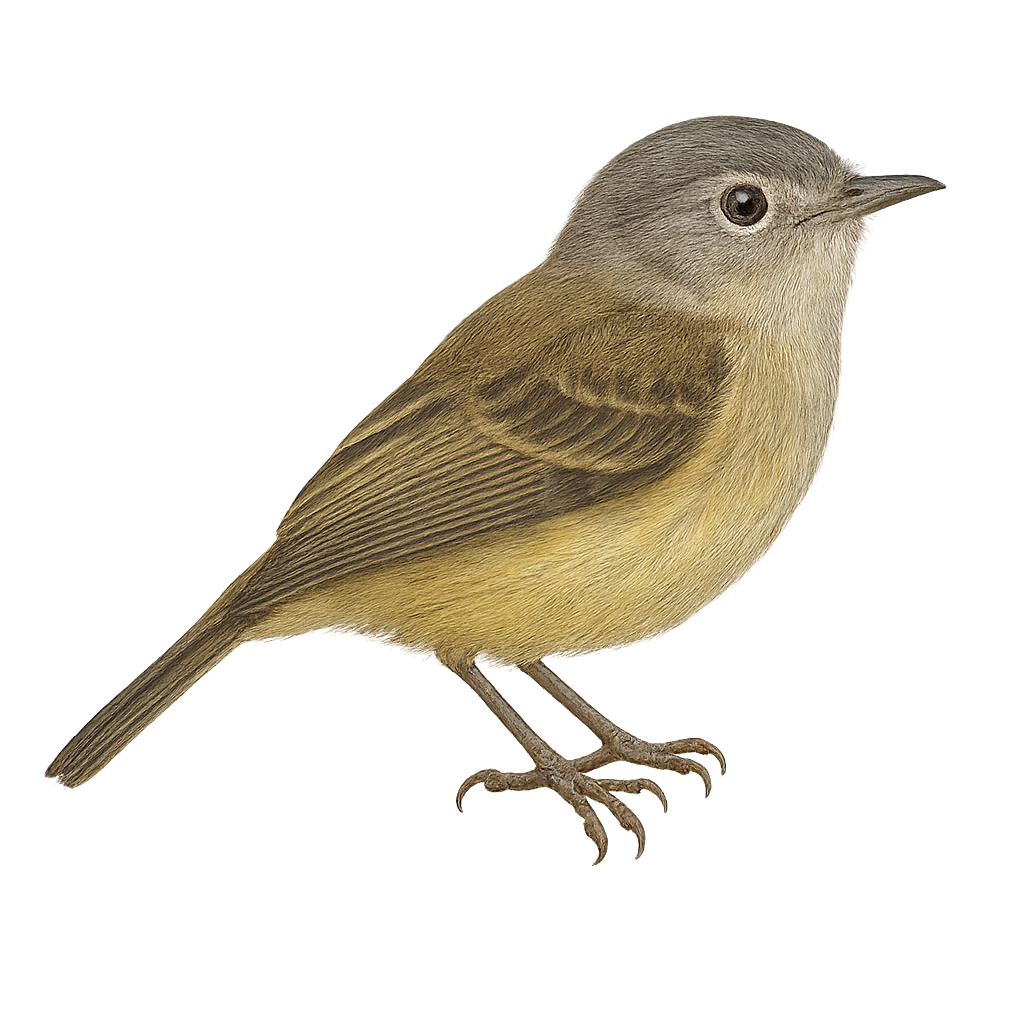Your wildlife photography guide.
Explore the hellmayr's tyrannulet in detail, study its behavior, prepare your shots.
Where to observe and photograph the hellmayr's tyrannulet in the wild
Learn where and when to spot the hellmayr's tyrannulet in the wild, how to identify the species based on distinctive features, and what natural environments it inhabits. The WildlifePhotographer app offers tailored photography tips that reflect the hellmayr's tyrannulet’s behavior, helping you capture better wildlife images. Explore the full species profile for key information including description, habitat, active periods, and approach techniques.
Hellmayr's Tyrannulet
Scientific name: Mecocerculus hellmayri

IUCN Status: Least Concern
Family: TYRANNIDAE
Group: Birds
Sensitivity to human approach: Suspicious
Minimum approach distance: 10 m
Courtship display: February to March
Incubation: 15-17 jours
Hatchings: February to April
Habitat:
montane humid forests, tropical forests, forest edges
Activity period :
Primarily active during the day, with peak activity in the morning and late afternoon.
Identification and description:
The Hellmayr's Tyrannulet is a small passerine bird belonging to the Tyrannidae family. It is primarily found in humid montane forests, often at altitudes between 1500 and 3000 meters. This bird features a subtle plumage, mainly olive green with lighter shades on the belly. Known for its distinctive voice, it emits a melodious song that echoes through the dense canopy. Although relatively tolerant, it remains cautious of intruders. Its diet mainly consists of insects, which it captures in flight or by foraging through foliage. The Hellmayr's Tyrannulet plays an important role in the ecosystem by controlling insect populations and aiding in seed dispersal.
Recommended lens:
400 mm – adjust based on distance, desired framing (portrait or habitat), and approach conditions.
Photography tips:
To photograph the Hellmayr's Tyrannulet, it is advisable to use a telephoto lens of at least 400mm to capture detailed images without disturbing the bird. Look for it in humid montane forests, where it is often active during the day. Be patient and discreet, as although it is suspicious, it may approach if you remain still. Take advantage of the natural light filtering through the canopy to achieve shots with natural colors.
The WildlifePhotographer App is coming soon!
Be the first to explore the best nature spots, track rutting seasons, log your observations, and observe more wildlife.
Already 1 415 wildlife lovers subscribed worldwide

